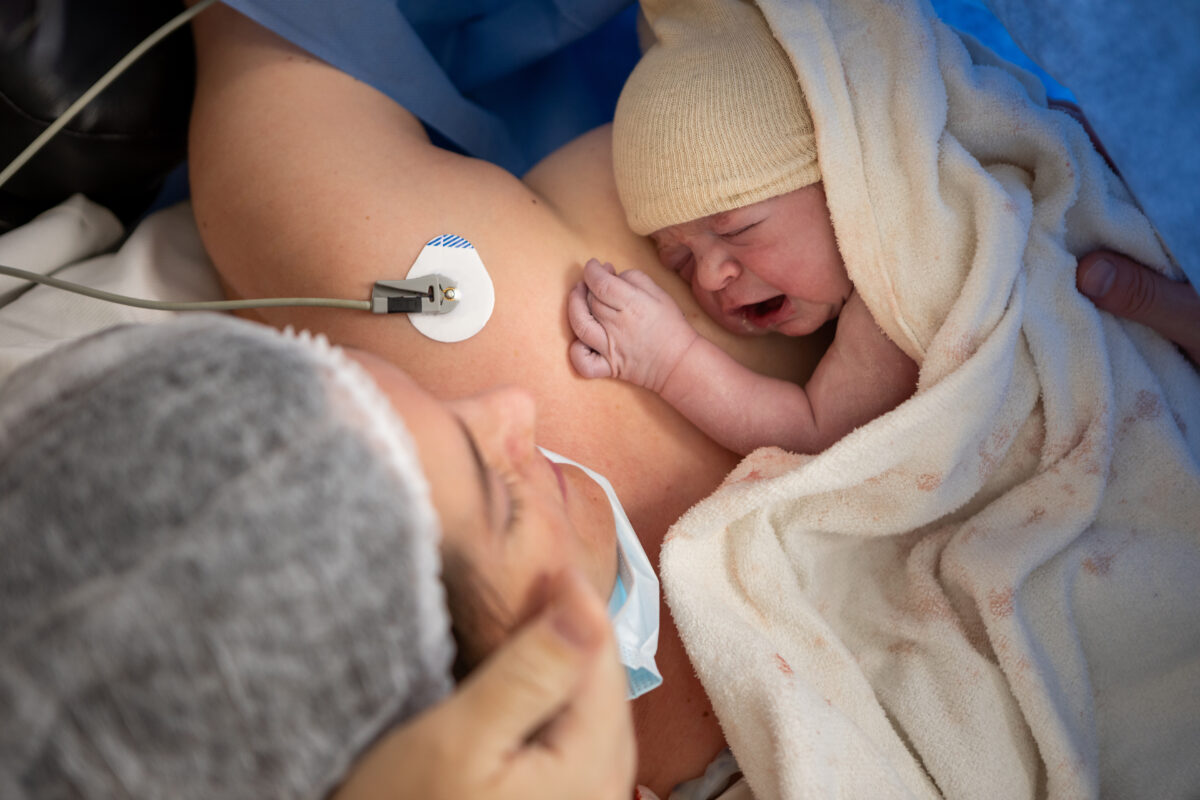Anesthesia for Cesarean Section

Cesarean sections are among the most common surgical procedures worldwide, performed either electively or as an emergency measure to deliver a baby when vaginal delivery would put the mother or baby at risk. Anesthesia plays a critical role in cesarean sections, not only to ensure the mother’s comfort and pain-free experience but also to safeguard her physiological stability and promote a positive initial bonding with the baby. This article explores the various anesthesia options for cesarean sections, highlighting their benefits, risks, and the considerations involved in choosing the most appropriate method.
The choice of anesthesia for a cesarean section is influenced by several factors, including the urgency of the procedure, the mother’s health, previous anesthesia experiences, and individual preferences. The three main types of anesthesia used in cesarean sections are general anesthesia, spinal anesthesia, and epidural anesthesia.
Spinal Anesthesia
Spinal anesthesia is the most frequently used technique for cesarean sections due to its simplicity, reliability, and rapid onset. It involves a single injection of medication into the spinal fluid through a fine needle, producing numbness from the abdomen to the feet. Benefits of spinal anesthesia include excellent pain control, lower risk of aspiration pneumonia, and consciousness allowing the mother to be awake for the birth of her child. However, spinal anesthesia can cause hypotension (low blood pressure), which might reduce blood flow to the fetus. It also might lead to headaches post-operation due to leakage of spinal fluid.
Epidural Anesthesia
Epidural anesthesia is similar to spinal anesthesia but is administered through a catheter placed in the epidural space, allowing continuous infusion of medication. This method is used especially when there is a need for prolonged pain relief, as in prolonged labor leading to a cesarean section. Epidurals provide pain relief while maintaining some motor function and are adjustable in dosage. Like spinal anesthesia, risks include hypotension and, less commonly, post-dural puncture headaches. The onset with an epidural is slower than with spinal anesthesia, which can be a drawback in urgent situations.
General Anesthesia
General anesthesia, which involves rendering the patient unconscious, is usually reserved for emergency cesarean sections or when a block anesthesia (spinal or epidural) is contraindicated. Advantages include its rapid onset and its utility in cases where regional anesthesia fails or cannot be administered safely. However, general anesthesia carries greater risks, including potential difficulties with airway management and the risk of aspiration. Furthermore, the mother misses the immediate experience of witnessing her child’s birth, which can be significant for bonding purposes.
Choosing the Right Type of Anesthesia
The decision on the type of anesthesia is typically made after discussing with the anesthesiologist and taking into account various factors like medical history, personal preferences, and specific risks. For many women, the ability to be awake during the procedure and to avoid the aftereffects of general anesthesia are significant advantages of spinal and epidural anesthesia.
Postoperative Pain Management
After the cesarean section, effective pain management is crucial to facilitate recovery and promote the ability of the new mother to care for her newborn. Typically, this involves the use of scheduled analgesics, which may include opioids, NSAIDs, and acetaminophen. Pain management strategies should be balanced against potential side effects, such as respiratory depression with opioids, especially when breastfeeding.
In conclusion, the choice of anesthesia for a cesarean section has significant implications for both mother and baby. It affects everything from the mother’s comfort and mobility post-surgery to her ability to bond with her newborn during the first few hours after birth. Each type of anesthesia has its benefits and drawbacks and must be chosen based on a comprehensive assessment of the mother’s health, procedural requirements, and personal preferences. With the right preparation and care, anesthesia can help ensure that the experience of childbirth is as safe and positive as possible.